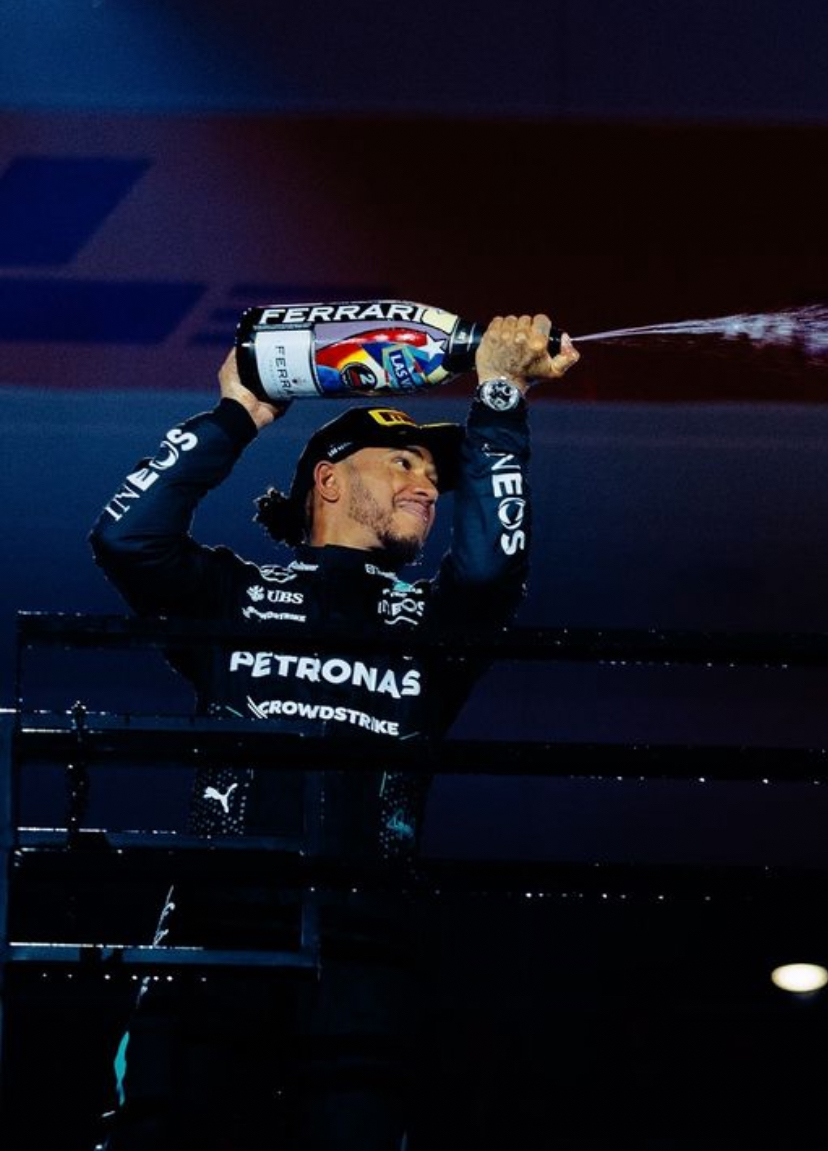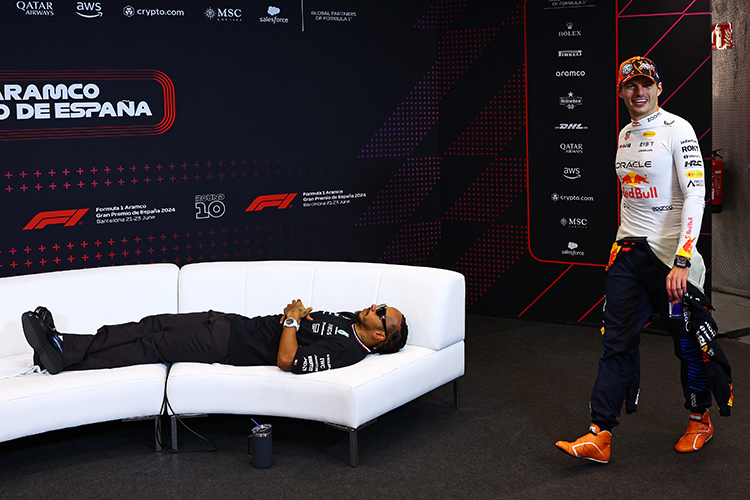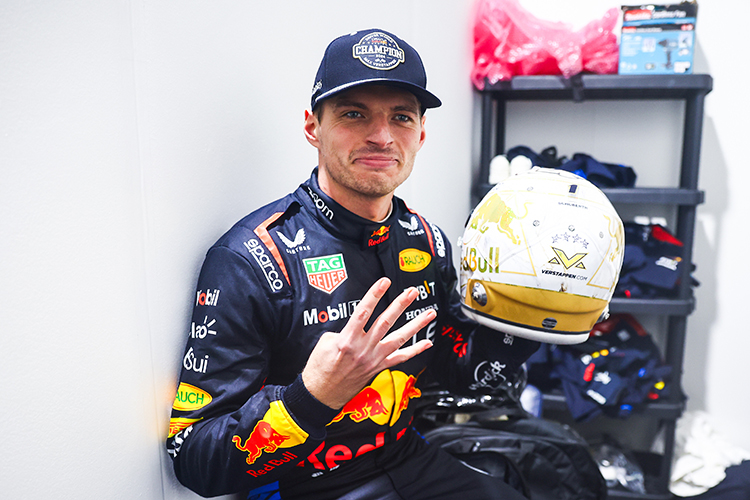Balancing Car Performance and Reliability in Formula 1 Practice

Formula 1 World Champions: A legacy of racing legends
How do different teams approach the balance between car performance and reliability during practice?
Discover how F1 teams balance car performance and reliability during practice sessions. Learn the strategies used by top, mid-field, and back-marker teams to optimize performance and minimize risks.
Formula 1 is a sport of extremes where speed and reliability must coexist in harmony to achieve championship success. During practice sessions, teams face the intricate challenge of pushing their cars to the limit while ensuring they remain robust and reliable. This article explores how different F1 teams approach the delicate balance between car performance and reliability during practice sessions.
The Dual Objectives: Performance vs. Reliability
Pushing the car to its performance limits often inches it closer to the edge of mechanical failure. Teams must strategize meticulously to strike a balance between extracting maximum speed and maintaining reliability. Here's a closer look at the strategies employed by various teams on the grid.
Top Teams: Prioritizing Performance with Caution
Leading teams like Mercedes, Red Bull, and Ferrari focus on performance with calculated risk management, leveraging their advanced engineering resources.
- Incremental Development: Top teams use practice to test small performance upgrades, ensuring they don't compromise reliability.
- Component Life Management: By monitoring power units and gearboxes, these teams push components while staying within wear limits.
- Risk Management: Engineers evaluate trade-offs between performance and potential penalties from component failures.
Mid-Field Teams: Strategic Balancing
Mid-field teams like McLaren, Alpine, and Aston Martin carefully balance performance and reliability to maximize their race weekend potential.
- Focused Testing: Practice programs are divided between performance testing and reliability checks.
- Data-Driven Decisions: Telemetry and simulations inform decisions on how far to push components during practice and races.
- Component Allocation: These teams plan component usage meticulously, ensuring optimal reliability throughout the season.
Back-Marker Teams: Ensuring Durability
Teams at the rear of the grid like Haas and Williams prioritize reliability as they work toward competitive performance.
- Conservative Settings: Engines and components are run in less aggressive modes to gather data without straining parts.
- Endurance Focus: Long runs during practice validate the car's reliability under race conditions.
- Gradual Performance Enhancements: Upgrades are cautiously introduced and tested extensively for reliability.
Cross-Team Strategies: Common Approaches
Regardless of grid position, all teams employ several strategies to balance performance and reliability:
- Telemetry Monitoring: Real-time data helps engineers detect potential failures early.
- Driver Feedback Loop: Drivers provide immediate insights on car behavior during practice.
- Component Rotations: Regular swapping of components spreads wear evenly and extends lifespan.
- Simulations and Bench Testing: Extensive testing validates upgrades and ensures reliability before implementation.
Conclusion
Navigating the balance between car performance and reliability during practice sessions is a complex yet crucial task for all F1 teams. Top teams leverage their vast resources to push the envelope of performance, while mid-field teams strategically manage their assets to maximize race performance and reliability. Back-marker teams tend to prioritize durability to ensure race completion, gathering invaluable data along the way.
Understanding and managing this balance is what makes Formula 1 the pinnacle of engineering excellence. From the first practice lap to the final race of the season, every decision can mean the difference between exhilarating speed and the heartbreak of mechanical failure.
Up Next


